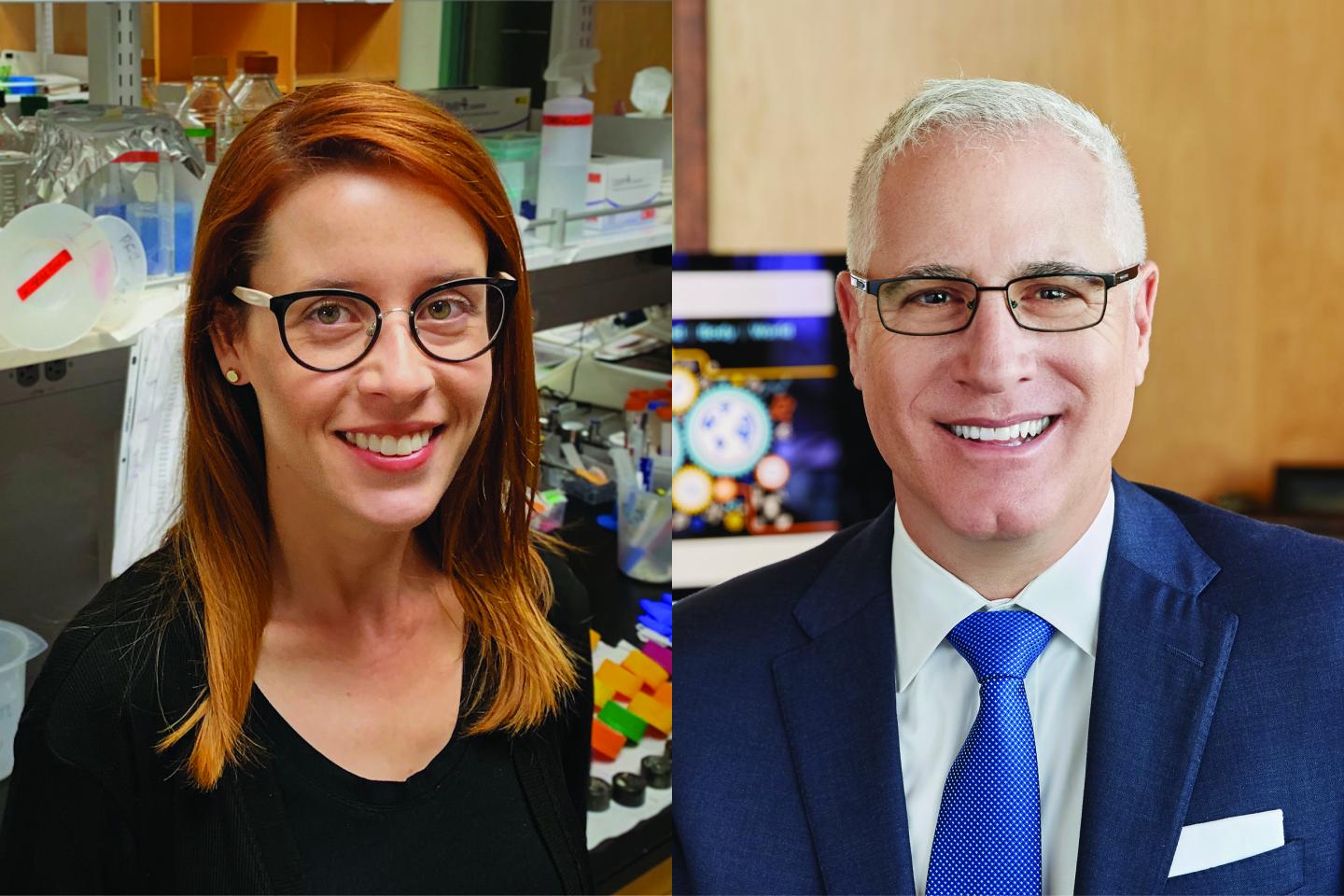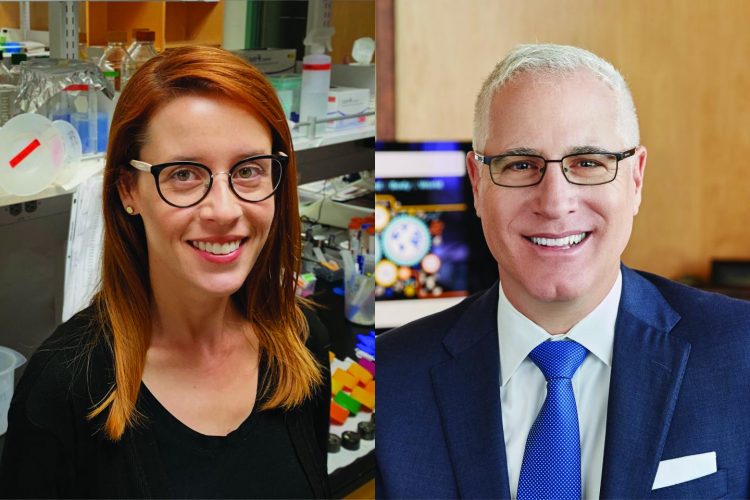UCI discovery heralds new directions in the disease fight

Credit: University of California, Irvine
University of California, Irvine biologists blazing new approaches to studying Alzheimer’s have made a major finding on combating inflammation linked to the disease. The School of Biological Sciences researchers’ discovery about the role of a protein called TOM-1 heralds a shift toward examining the molecular underpinnings of Alzheimer’s processes. Their paper has just been published in Proceedings of the National Academy of Sciences.
“Scientists have known for a long time that inflammation is a driver of Alzheimer’s disease, but inflammation is complex and involves many factors,” said School of Biological Sciences Dean Frank M. LaFerla, Ph.D., whose laboratory conducted the research. “That’s why we decided to look at TOM-1.”
The protein helps to regulate a key component of the inflammatory response. “We were interested in TOM-1 because its levels are low in the Alzheimer’s brain and in the brains of Alzheimer’s rodent models,” said Alessandra C. Martini, Ph.D., the paper’s first author and a postdoctoral researcher who worked with Dean LaFerla. “However, its specific role in the disease has largely been unexplored.”
The scientists discovered that reducing the amount of TOM-1 in Alzheimer’s rodent models increased pathology, which included increased inflammation, and exacerbated cognitive problems associated with the disease. Restoring TOM-1 levels reversed those effects.
“You can think of TOM-1 as being like the brakes of a car and the brakes aren’t working for people with Alzheimer’s,” Dean LaFerla said. “This research shows that fixing the brakes at the molecular level could provide an entirely new therapeutic avenue. With millions of people affected by Alzheimers and the numbers growing, we must research a diverse portfolio of approaches so we can one day vanquish this terrible disease.”
###
Funding for the research was provided by the Larry L. Hillblom Foundation, Alzheimer’s Association, National Institutes of Health, Brightfocus Foundation, Instituto de Salud Carlos III of Spain co-financed by European Union Grants, and the Australian National Health and Medical Research Council.
About the University of California, Irvine:
Founded in 1965, UCI is the youngest member of the prestigious Association of American Universities. The campus has produced three Nobel laureates and is known for its academic achievement, premier research, innovation and anteater mascot. Led by Chancellor Howard Gillman, UCI has more than 36,000 students and offers 222 degree programs. It’s located in one of the world’s safest and most economically vibrant communities and is Orange County’s second-largest employer, contributing $5 billion annually to the local economy. For more on UCI, visit http://www.
Media access:
Radio programs/stations may, for a fee, use an on-campus ISDN line to interview UCI faculty and experts, subject to availability and university approval. For more UCI news, visit news.uci.edu. Additional resources for journalists may be found at communications.uci.edu/for-journalists.
Media Contact
Tom Vasich
[email protected]
Related Journal Article
http://dx.





